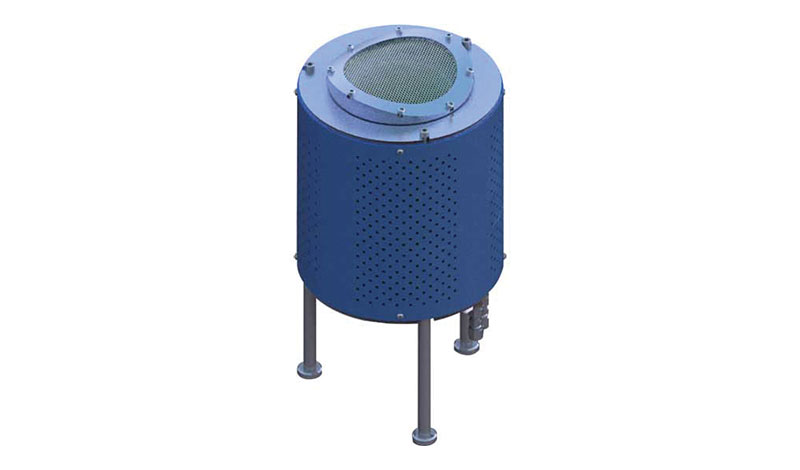
Posted on
To create more precise thin films, manufacturers often include an ion source to their thin film deposition system configuration. By using an ion source, manufacturers can produce an ion species that has specific properties during deposition. The source controls the energy, trajectory and reactivity of the ions it produces, helping to create a thin film coating that meets desired specs with precision and repeatability.
Thin film properties enabled or enhanced by this process include:
- Density
- Optical transmission
- Thickness uniformity
- Smooth interfaces
- Adhesion
- Vertical sidewalls
However, not every source produces the same exact results, and there is more than one way of using ion sources during a thin film deposition process. The one that you choose is determined by your specific performance requirements.
Ion Sources in Thin Film Deposition
Two common methods of thin film deposition that utilize an ion source are ion assisted deposition (IAD) and ion beam deposition (IBD).
- Ion assisted deposition (IAD): Key benefits include a lower overall cost vs. IBD, excellent optical film quality and environmentally stable films that are more dense and have less scatter than films created with only evaporation. IAD utilizes a relatively low energy ion beam that is aimed at the substrate. The energy from that beam is transferred to the film, resulting in a higher density film with lower chances of a defect and better environmental stability.
- Ion beam deposition (IBD): Key benefits include a more precise method of thin film deposition. This makes IBD an excellent choice for manufacturers whose requirements for thin film properties and thickness are very specific. While this process is more expensive and takes more time, it allows for more precision in the deposition process and a higher quality thin film. IBD, also referred to as ion beam sputtering (IBS), uses a beam of relatively high energy ions to sputter material off of your target. The sputtered material is subsequently deposited onto your substrate.
Self-Neutralizing Sources
Another important factor is beam neutralization. An un-neutralized beam will charge up the substrate and eventually prevent further ion flux, so there needs to be a source of electrons to neutralize this charge. One option for short runs is a filament; often tungsten is used here and it can last about 10 hours. Another option for longer runs is a hollow cathode, which has a long life (about 100 hours).
An ion source that is self-neutralizing, meaning it has no filament or hollow cathode, can have its own advantages. Self-neutralizing sources provide greater control over thin film deposition—the ions produced have very specific properties, which allow for more precise results—and reduce chances of unscheduled maintenance thanks to their filament-free design. Since there are no filaments to break down over time the source has a longer lifespan, which leads to lower costs for you.
Want to learn more? Download our infographic on 3 Major Benefits of Self-Neutralizing Ion Sources and see how Denton can help you.